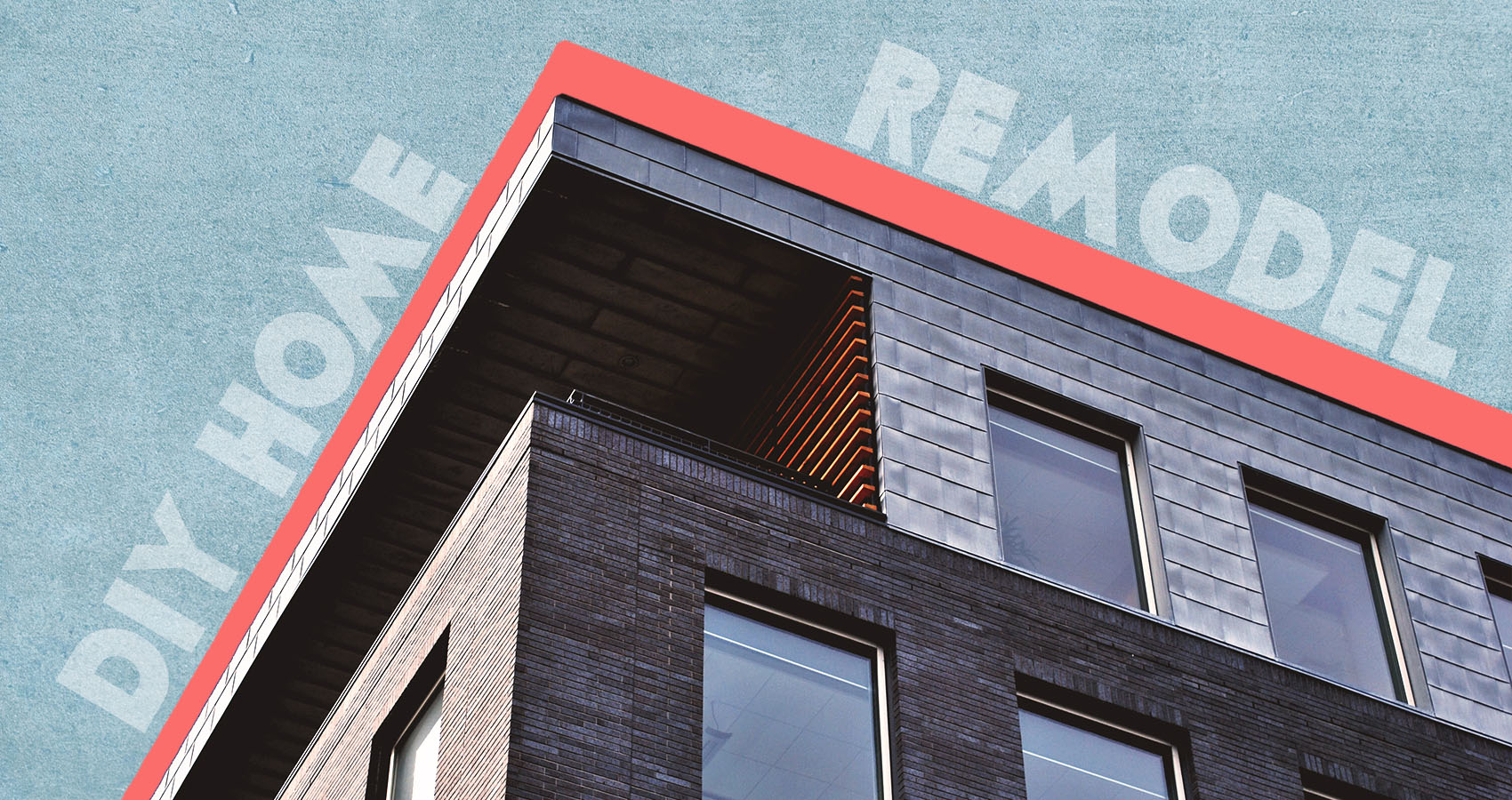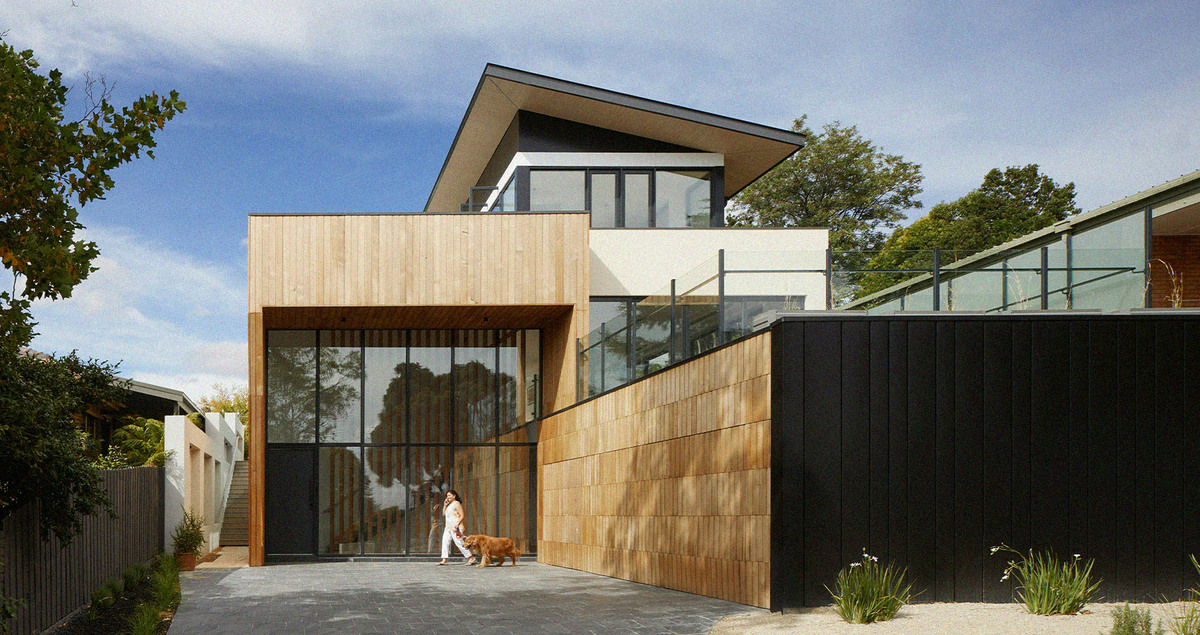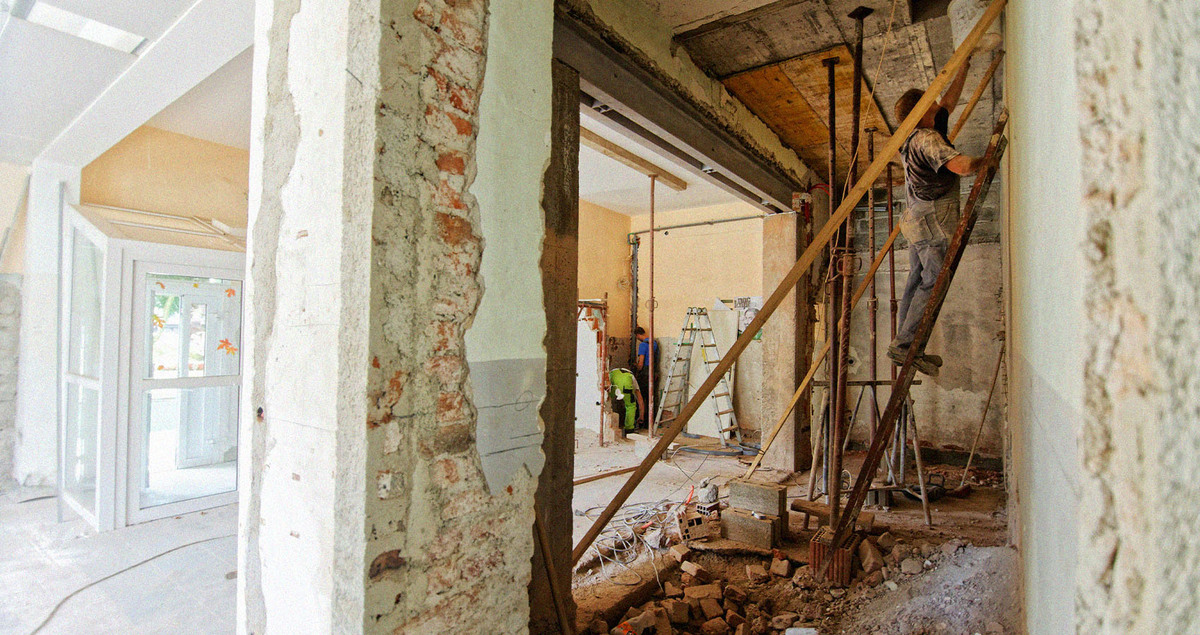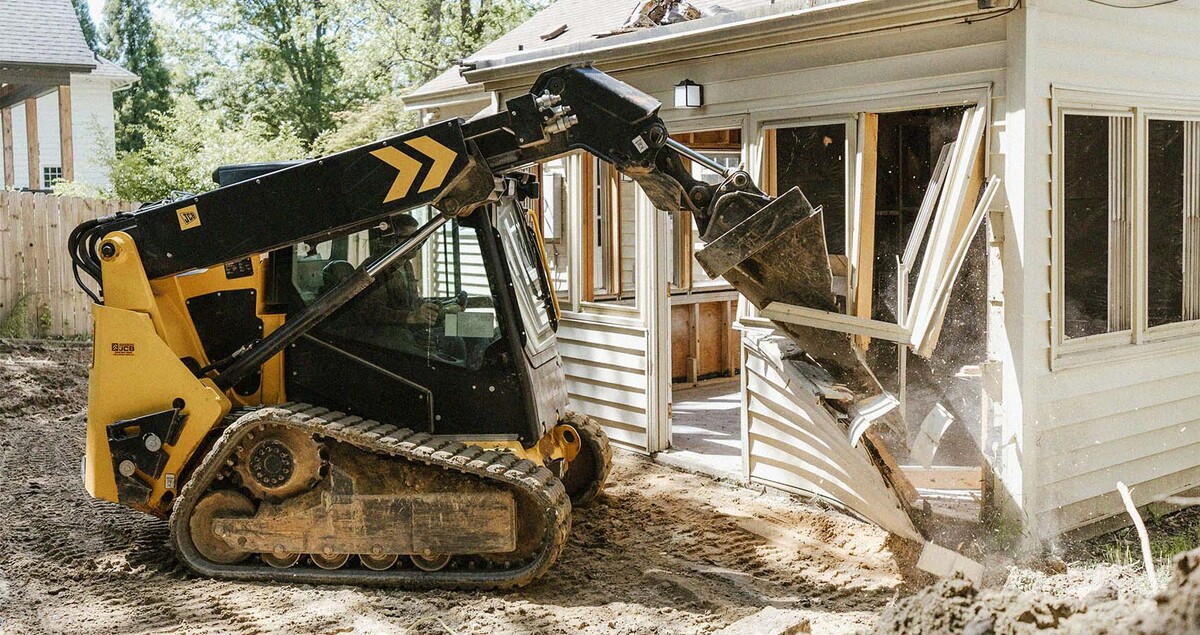
Avoiding Common Pitfalls in DIY Home Remodel Projects
Learn how to steer clear of common mistakes.
Embarking on a DIY home remodeling project can be an exhilarating experience. It’s a chance to inject your personal style, increase the value of your home, and perhaps even develop new skills. However, without proper planning and awareness, it can quickly become a source of stress, leading to time-consuming and costly mistakes. In this comprehensive guide, we'll explore how to avoid common pitfalls in DIY home remodeling projects, ensuring a smoother and more enjoyable journey to transforming your home.

Unrealistic Budgeting
One of the first stumbling blocks DIY remodelers face is unrealistic budgeting. It's crucial to understand that even small projects can become expensive quickly due to material costs, tools, permits, and unexpected issues that can inflate your budget. To mitigate this, thoroughly research all potential expenses and add a contingency fund of at least 20% to your budget for unforeseen costs. Planning with precision and preparing for the unexpected can save you from mid-project financial crises.
For those looking for professional guidance to ensure their remodel is handled with the utmost care and expertise, statewideremodeling.com is a highly rated, locally-owned authority on quality remodels. They can modernize your living space no matter the size or scope of your renovation, offering insights and solutions that align with your budgeting and planning process.
Underestimating Timeframes
Time is another factor that's often underestimated. DIY projects, by nature, take longer than professional jobs due to the learning curve and the fact that you might be juggling the remodel with other responsibilities. Be realistic about how much time you can dedicate to the project and factor in learning, mistakes, and redo's. This approach will help set realistic expectations and reduce frustration.

Ignoring Permits and Regulations
Many homeowners dive into remodeling projects without checking the need for permits. This oversight can lead to legal issues, fines, and even the requirement to undo your work. Before starting, consult your local building department about the necessary permits. Adhering to codes and regulations ensures your project is safe and up to standard, which is especially crucial if you plan to sell your home in the future.
Skimping on Tools and Materials
While it’s tempting to cut costs by choosing cheaper materials or borrowing tools, this can compromise the quality and durability of your project. Investing in the right tools and quality materials pays off in the long run through the longevity and appearance of your remodel. Consider renting specialized tools that you might not use frequently, and take the time to research which materials will best suit your needs and budget.

Overestimating DIY Skills
Overconfidence in one’s DIY abilities can lead to significant mistakes. It’s essential to assess your skills honestly and recognize when a professional is needed. Some tasks, such as electrical wiring and plumbing, require specific knowledge and can be dangerous if not done correctly. For example, plumbing issues can escalate quickly if mishandled, which is why turning to experts like Mr Rooter Plumbing ensures the job is done safely and efficiently. Tackling projects that match your skill level can be satisfying and successful, while knowing when to hire professionals can save time, money, and ensure safety.
Neglecting the Design and Planning Phase
Jumping into a project without a detailed plan and design can result in a remodel that looks disjointed or doesn’t meet your needs. Spend time in the planning phase, considering the layout, functionality, and aesthetics of your space. Use design software or consult with a designer to visualize the end result better. A well-thought-out plan also helps in making a detailed shopping list, which can prevent multiple trips to the store and help stick to your budget.

Overlooking Functionality for Aesthetics
While the visual aspects of a remodel are important, functionality should not be sacrificed. Consider how the space will be used and make design choices that enhance usability. For instance, in a kitchen remodel, ensure that the work triangle between the sink, stove, and refrigerator is efficient. Similarly, in a bathroom, consider storage solutions and space utilization. Balancing beauty and practicality results in a space that is not only pleasing to the eye but also comfortable and functional.
Failing to Prepare for Mess and Disruption
DIY remodels can be messy and disruptive, affecting your daily routines. Prepare by setting up a temporary kitchen during a kitchen remodel or planning for noise and dust. Take measures to protect unaffected areas of your home and understand that some inconvenience is part of the process. Proper preparation can help minimize stress and keep your household running as smoothly as possible.

Conclusion
DIY home remodeling projects offer a unique opportunity to personalize your space while potentially increasing your home's value. By being aware of and avoiding common pitfalls such as unrealistic budgeting, underestimating timeframes, ignoring permits, and overlooking design and functionality, you can ensure a more successful and enjoyable remodeling experience. Remember, thorough planning, realistic expectations, and knowing when to seek professional help are key to navigating the complexities of home remodeling. With patience, preparation, and perseverance, your DIY project can transform your home into the space you’ve always dreamed of.











